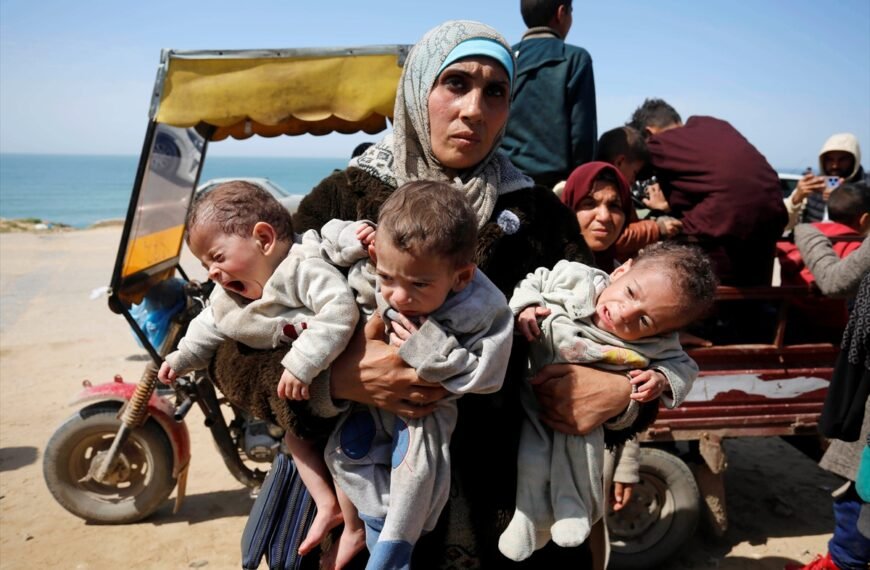New Missile Escalates Tensions in the Israel-Iran Conflict
On Wednesday, Iran’s Islamic Revolutionary Guard Corps revealed the use of a super-heavy ballistic missile – the Sejil – as part of what it described as its 12th wave of strikes targeting Israel. This marks the first instance that one of Tehran’s highly touted weapons has been employed in direct confrontation.
Key Features and Capabilities
Nicknamed “Brimstone,” the Sejil is a surface-to-surface missile that was developed domestically by Iran’s Aerospace Industries Organisation, managed by the Ministry of Defence. With a reported range of approximately 2,000 kilometers, the solid-fueled design allows the missile to be launched more rapidly than its liquid-fueled counterparts. Its design also enables maneuverability during all phases of flight, complicating efforts to intercept it with standard air defense systems.
According to Iranian sources, if the Sejil were fired from central Iran, it could cover the distance to Tel Aviv in roughly seven minutes. Technical assessments indicate that the missile is about 25 meters long, 1.25 meters in diameter, and weighs nearly 2.3 metric tonnes, with the ability to carry a warhead weighing up to 700 kilograms. There is also speculation that it has the capability to be armed with a nuclear payload.
Development and Evolution
The Sejil missile first came into public view during military parades in Tehran following its introduction into service around 2012. Originally conceived as a replacement for older rocket systems that have been in service since the late 1980s, the Sejil has undergone several iterations. An improved version, often referred to as Sejil-2, introduced modifications such as enhanced guidance through the addition of wings designed to boost accuracy. There are also unconfirmed reports suggesting that an updated model, sometimes mentioned as Sejil-3, might possess an extended range of up to 4,000 kilometers, potentially allowing it to reach targets significantly farther away.
Operational Impact and Response
The launch of the Sejil missile indicates a notable shift in Tehran’s deterrence strategy against Israel. While the weapon has been a regular feature in military displays, its deployment in an operational context underlines a transition from show of force to active combat usage. Following the missile’s launch, Israeli security forces reported that it was successfully intercepted, with fragments from the missile causing damage to a vehicle.
Strategic Implications
This development underscores the evolving dynamics in the region, with Iran striving to modernize its arsenal while attempting to alter the strategic balance. The utilization of the Sejil missile not only highlights advances in domestic military capabilities but also raises concerns regarding the escalation of conflict in an already volatile environment.

Embracing Faith, One Insight at a Time!
The teachings of the Quran have always guided my path. With a deep passion for Islamic knowledge, I strive to blend the wisdom of tradition with the relevance of today, making the timeless messages of Islam accessible and meaningful for everyone.
Muslim Culture Hub is my platform to share historical insights and thought-provoking articles, exploring both well-known and lesser-discussed aspects of Islamic culture and beliefs. My mission is to create an inclusive online space where everyone can learn, strengthen their faith, and connect with the profound message of Islam.
Join the journey!
May peace be upon you.








